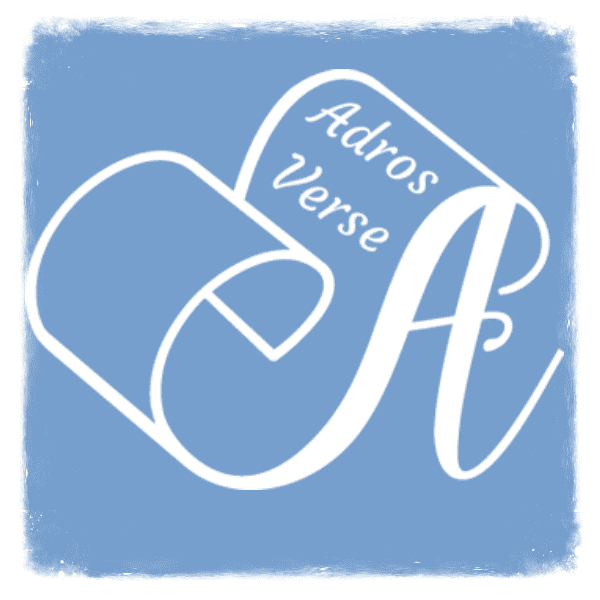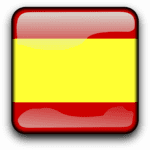In this lesson, we cover the cursive features of the Arabic letters in the abjad writing system. Arabic letters their shape depending on their position: isolated, initial, medial, or final.
Table of Contents
- Different Shapes of Arabic Letters
- Arabic Letters that Only Connect to Preceding Letter
- لا (lām-’alif) Ligature in Arabic
- ى (’alif maqṣūrah)
- Level I – Beginner I (A1)
Different Shapes of Arabic Letters
Arabic letters are cursive, changing their shape depending on their position: isolated, initial, medial, or final. Below is how Arabic letters appear based on their position:
| Isolated | Initial | Medial | Final |
| ا | ا | ـﺎ | ـﺎ |
| ب | بـ | ـبـ | ـب |
| ت | تـ | ـتـ | ـت |
| ث | ثـ | ـثـ | ـث |
| ج | جـ | ـجـ | ـج |
| ح | حـ | ـحـ | ـح |
| خ | خـ | ـخـ | ـخ |
| د | د | ـد | ـد |
| ذ | ذ | ـذ | ـذ |
| ر | ر | ـر | ـر |
| ز | ز | ـز | ـز |
| س | سـ | ـسـ | ـس |
| ش | شـ | ـشـ | ـش |
| ص | صـ | ـصـ | ـص |
| ض | ضـ | ـضـ | ـض |
| ط | طـ | ـطـ | ـط |
| ظ | ظـ | ـظـ | ـظ |
| ع | عـ | ـعـ | ـع |
| غ | غـ | ـغـ | ـغ |
| ف | فـ | ـفـ | ـف |
| ق | قـ | ـقـ | ـق |
| ك | كـ | ـكـ | ـك |
| ل | لـ | ـلـ | ـل |
| م | مـ | ـمـ | ـم |
| ن | نـ | ـنـ | ـن |
| ه | هـ | ـهـ | ـه |
| و | ـو | ـو | ـو |
| ي | يـ | ـيـ | ـي |
Arabic Letters that Only Connect to Preceding Letter
Note that the following letters only connect to the preceding letter and not to the subsequent letter:
| Isolated | Initial | Medial or Final |
| ا | ا | ـﺎ |
| د | د | ــد |
| ذ | ذ | ــذ |
| ر | ر | ــر |
| ز | ز | ــز |
| و | و | ــو |
لا (lām-’alif) Ligature in Arabic
In writing, the combination of the letter ل (lām) ‘l’ followed by ﺍ (’alif) is written using the mandatory ligature ﻻ, with variations depending on the font. Below is how this ligature appears in writing based on its position in the word:
| Isolated | Initial | Medial | Final |
| ﻻ | ﻻ | ـﻼ | ـﻼ |
ى (’alif maqṣūrah)
The ى (’alif maqṣūrah), which is written as a dotless ي (yā’) ‘y,’ is a special form of the letter ﺍ (’alif) that can appear only at the end of a word. If a word in Arabic ends with the long vowel ā, pronounced like “a” in “cat,” it can be written with either an ﺍ (’alif) or ى (’alif maqṣūrah) based on some specific rules.
This is an advanced topic for this level, so we will touch on it only briefly. Feel free to skip this part for now. The key point is that ى can only appear at the end of a word and is pronounced like an ﺍ (’alif) representing the long vowel ā.
There are two common cases where the ى (’alif maqṣūrah) is used:
1. Some common proper names, such as:
| Masculine Proper Names | Feminine Proper Names |
| مـوســى (mūsā) ‘Moses’ | لَـيْـلــى (laylā) ‘Layla’ |
| عِـيـســى (‘īsā) ‘Jesus’ | سَـلْـمــى (salmā) ‘Salma’ |
| يَـحْـيــى (yaḥyā) ‘John’ | مُـنــى (munā) ‘Muna’ |
2. Verbs in the third-person singular masculine past tense whose third-person singular masculine present tense ends in ي (yā’) ‘y.’ Here are some examples for reference:
| 3rd-person sing. masc. present | 3rd-person sing. masc. past |
| يَـرْمــي (yarmī) ‘he throws’ | رَمــى (ramā) ‘he threw’ |
| يَـشْــتَـري (yashtarī) ‘he buys’ | اِشْــتَـرى (ishtarā) ‘he bought’ |
| يَـبْـكــي (yabkī) ‘he cries’ | بَـكــى (bakā) ‘he cried’ |
Back to: Romanization of the Arabic Abjad
Other lessons in Level I:









